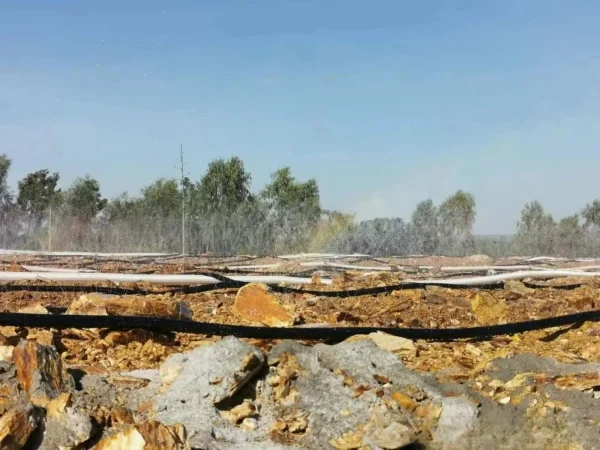
In the realm of gold extraction from ores, the cyanidation method remains a dominant force. It boasts numerous irreplaceable advantages over many other gold extraction techniques. However, it is not without its drawbacks. The process often suffers from a slow leaching rate and exhibits poor direct leaching results for refractory gold ores, such as those with high arsenic, high sulfur, and copper content. Pretreatment methods before cyanide leaching, like roasting oxidation, pressure oxidation, and bacterial oxidation, can improve the leaching indexes of refractory gold ores to some extent. Nevertheless, these methods come with their own set of challenges, including high production costs, complex technological processes, and long processing cycles.
To address the unique characteristics of refractory gold ores, a more straightforward approach is to directly add leaching aids to the cyanide gold leaching solution. This method allows for the treatment of gold ores without altering the original technological process. It offers simplicity in operation, accelerates the gold leaching rate, shortens the leaching time, increases the gold leaching rate, and reduces the consumption of cyanide. Here, we introduce several types of leaching aids.
Oxidizing Leaching Aids
Oxygen
Replacing air with pure oxygen and introducing it into the cyanide gold leaching solution can enhance the gold leaching rate and reduce cyanide consumption. In an experiment on a low - grade, high - sulfur gold ore, when oxygen - enriched air was introduced during cyanide leaching, compared to conventional leaching, the gold leaching rate was increased, and the gold leaching rate was approximately 5% higher.
Peroxides
The main peroxides include hydrogen peroxide, calcium peroxide, and barium peroxide.
Hydrogen Peroxide
Adding a certain concentration of H₂O₂ to the cyanide gold leaching solution can increase the gold leaching speed and reduce the amount of cyanide used. When pyrite, chalcopyrite, or arsenopyrite is present in the cyanide gold leaching solution, the addition of H₂O₂ can increase the dissolved oxygen content in the solution, which is conducive to improving the gold leaching rate. In a study of a gold ore in the Philippines using H₂O₂ as a leaching aid, the gold leaching rate reached 91.2%, which was 8.36% higher than direct cyanide leaching.
Calcium Peroxide
Research shows that at a higher pH value (pH≥11), CaO₂ in the pulp can maintain a slightly higher dissolved oxygen content than H₂O₂. Moreover, the ability of CaO₂ to oxidize CN⁻ is less than that of H₂O₂. In addition, the catalytic decomposition of pyrite by CaO₂ is much less than that of H₂O₂. Therefore, for gold ores with high sulfur content, the leaching aid CaO₂ can reduce the consumption of cyanide more than H₂O₂.
Barium Peroxide
The leaching - aiding mechanism of BaO₂ is similar to that of hydrogen peroxide but has more advantages. These include: (a) a slow and stable oxygen - releasing rate during decomposition, (b) the ability to maintain a high dissolved oxygen content in the pulp, (c) the dissolution of gold increases linearly with its addition, while the consumption of cyanide remains basically unchanged, and (d) it has a simple preparation method and is convenient for practical application.
Salt Oxidizers
Potassium Permanganate
When KMnO₄ is used to assist cyanide leaching of gold, compared with H₂O₂ - assisted leaching, KMnO₄ can reduce the consumption of auxiliary leaching agents and cyanide. However, its leaching speed and leaching rate are not as good as those of H₂O₂. In the heap leaching gold extraction process, KMnO₄ is a relatively suitable oxidizer. It can provide the oxygen required for the cyanide dissolution of gold, with the advantages of stable properties and easy operation.
Sodium Chlorate
For high - sulfur gold ores containing pyrite, galena, and arsenopyrite, adding NaClO₃ as a leaching aid can significantly increase the gold leaching rate compared to conventional cyanidation.
Potassium Persulfate
K₂S₂O₈, as an oxidizer, can strengthen the gold leaching process and increase the gold dissolution rate to 8 times that of conventional leaching.
Heavy Metal Salt Leaching Aids
When cyanide leaching certain refractory gold ores with high sulfur and copper content, adding an appropriate amount of lead salts can reduce the amount of cyanide used, overcome the harmful effects of soluble impurity ions in the pulp, and increase the gold leaching rate. Commonly used lead salts include lead oxide, lead nitrate, and lead acetate.
In an experimental study on cyanide leaching of a high - sulfur gold ore in Myanmar, where the pyrrhotite content in the ore is high, the Au grade of the whole - mud cyanide leaching residue is 1.18 g/t, and the gold leaching rate is 79%. When lead nitrate is used as a leaching aid, the sodium cyanide consumption is reduced by 1 kg/t, the Au grade of the leaching residue is reduced to 0.42 g/t, and the leaching rate is increased by 13%.
Chelating Leaching Aids
Some studies suggest that citric acid can assist in cyanide gold leaching. Its mechanism is mainly that citric acid can form chelates with harmful ions such as Cu²⁺, Zn²⁺, Fe²⁺, and Fe³⁺ in the pulp, eliminating their negative impact on cyanide leaching and reducing their consumption of oxygen in the solution. In addition, citric acid can inhibit gangue minerals such as calcium and magnesium, disperse the gangue minerals, and increase the "effective active oxygen" in the pulp.
The above are several common types of leaching aids. There are many other agents that can assist in gold leaching, and their mechanisms are relatively complex. Our company can provide comprehensive ore testing experiments for customers, analyze the specific properties of the ore, and finally screen out agents with low cost and high efficiency to maximize customer benefits.
- Random article
- Popular articles
- Popular comments
- Copper ore mixed flotation process
- Tin ore magnetic separation+electric separation process
- Gold Ore Carbon Slurry Beneficiation Process
- Lithium ore magnetic separation process
- Processing Lithium Ore: Artificial Selection, Gravity Separation, Flotation
- Radioactive beneficiation and flotation process for uranium ore
- Chromite Processing: Gravity, Magnetic, and Flotation Separation






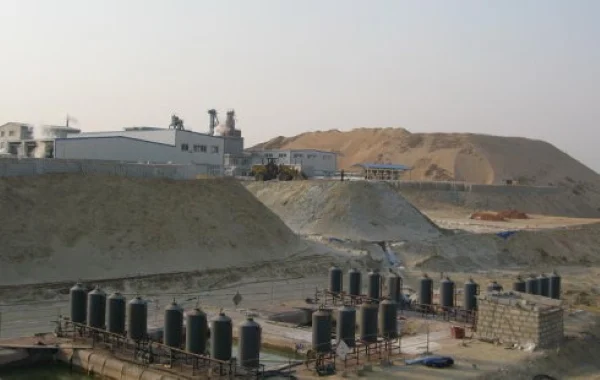
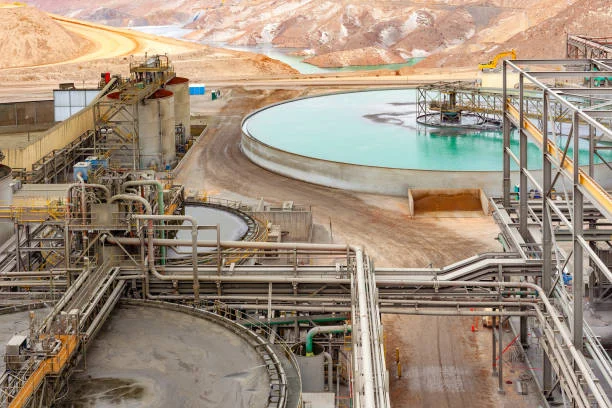
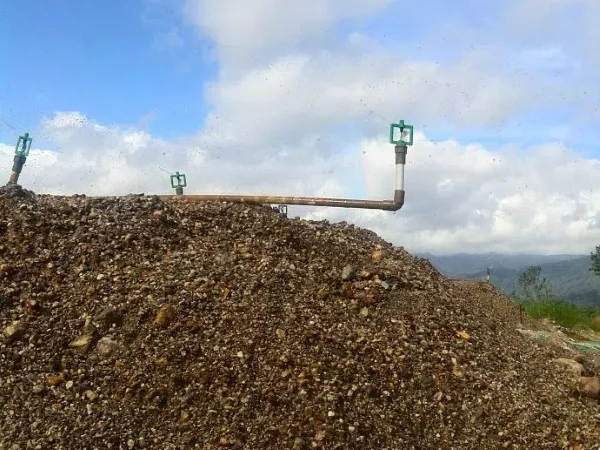



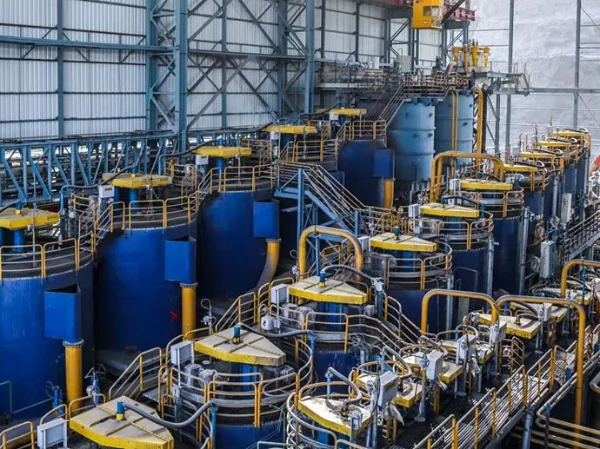
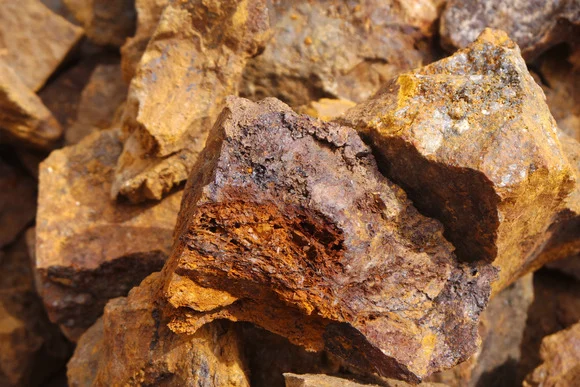

Leave a message with your needs or comments
Add comment: